Project Abstract
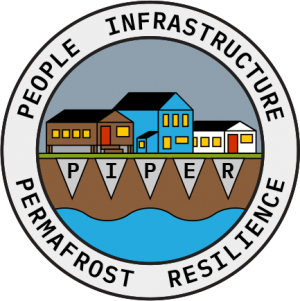 Temperatures in the Arctic are rising rapidly, and these warmer temperatures have caused permafrost, ground that remains frozen for at least two consecutive years, to warm and thaw. Permafrost coasts, which make up approximately 30% of the world's coastlines, are experiencing accelerated erosion due to thawing. Erosion at some locations has occurred at the rate of 16 m per year since 2007. Degradation of permafrost and related coastal erosion damages coastal infrastructure and facilities across the Arctic, impacting the economic prosperity and lives of its inhabitants. As critical infrastructure becomes vulnerable to permafrost degradation and erosion, residents are forced to abandon homes and entire communities must be relocated. This diverts resources from other critical needs and disrupts social networks and subsistence practices. This research addresses society's capacity to adapt by analyzing interactions among the natural environment, social systems, and the built environment, in a part of the Arctic where coastal erosion due to permafrost degradation is taking place. This project co-produces knowledge with Arctic indigenous communities and will share research outcomes to inform decision-making with local communities and the public. The project promotes NSF's initiative of Inclusion across the Nation of Communities of Learners of Underrepresented Discoverers in Engineering and Science (INCLUDES) by involving local indigenous high school students in the collection of field data, providing workshops in local communities demonstrating how science and engineering can improve community well-being, and provides students and early-career researchers with training and capacity-building opportunities in convergent research.
Temperatures in the Arctic are rising rapidly, and these warmer temperatures have caused permafrost, ground that remains frozen for at least two consecutive years, to warm and thaw. Permafrost coasts, which make up approximately 30% of the world's coastlines, are experiencing accelerated erosion due to thawing. Erosion at some locations has occurred at the rate of 16 m per year since 2007. Degradation of permafrost and related coastal erosion damages coastal infrastructure and facilities across the Arctic, impacting the economic prosperity and lives of its inhabitants. As critical infrastructure becomes vulnerable to permafrost degradation and erosion, residents are forced to abandon homes and entire communities must be relocated. This diverts resources from other critical needs and disrupts social networks and subsistence practices. This research addresses society's capacity to adapt by analyzing interactions among the natural environment, social systems, and the built environment, in a part of the Arctic where coastal erosion due to permafrost degradation is taking place. This project co-produces knowledge with Arctic indigenous communities and will share research outcomes to inform decision-making with local communities and the public. The project promotes NSF's initiative of Inclusion across the Nation of Communities of Learners of Underrepresented Discoverers in Engineering and Science (INCLUDES) by involving local indigenous high school students in the collection of field data, providing workshops in local communities demonstrating how science and engineering can improve community well-being, and provides students and early-career researchers with training and capacity-building opportunities in convergent research.
The goal of this project is to understand the complex relationship between permafrost degradation and related coastal erosion, civil infrastructure, and community well-being, including social and cultural resilience. Results can be used to formulate a holistic and predictive model that aids adaptation of social systems and the built environment to the unprecedented environmental changes in the region. The project consists of five research tasks with related research products: (1) development of a thermal model with high spatial resolution (130 m) to evaluate and predict the rate, extent, and mechanisms of permafrost degradation in the next century and a maximum entropy principle model to estimate the future rate of coastal and river bluff erosion and thermokarst development; (2) creation of an infrastructure hazards map of the region experiencing the effects of permafrost degradation and coastal erosion; (3) co-production of knowledge with Arctic indigenous communities to identify and understand the most urgent issues relating to permafrost degradation and coastal erosion and flooding, as well as collecting and integrating local long-term observations of these phenomena by local observers; (4) development of a quantitative assessment model of sociodemographic resilience of communities to permafrost degradation, demonstrating the impacts of infrastructure disruptions on the social resilience and adaptation capacity of coastal communities; and (5) development of an agent-based model (ABM) that can be used to adapt civil infrastructure and build the social resilience of communities to future permafrost degradation and coastal erosion. The project works with communities along the coastal region of Alaska North Slope Borough (NSB) to develop and validate models, although results will be of value to many coastal communities experiencing permafrost-induced coastal erosion.
Logistics Summary
The goal of this collaborative research project between Xiao (1927718, LEAD, PSU), Romanovsky (1927708, UAF), Alessa (1927713, U of ID), and Zhang (1927715, MST) is to understand the complex interrelationships and mutual impacts of continued climate change in the Arctic. In 2020, the fieldwork was cancelled due to travel restrictions related to COVID-19 and work was shifted by one year. From 2021-2025, researchers on this project will conduct data collection, model development, and validation on four towns in the coastal region of Alaska North Slope Borough — Utqiagvik, Wainwright, Point Lay, and Kaktovik. In each year of the project a research team of 2-11 will travel to each of the four towns for data collection and to conduct social surveys. High school students and teachers of local indigenous peoples will collect temperature observations in the snowpack with initial supervision. Researchers will organize and lead interactive community science lectures with a focus on permafrost degradation, coastal erosion, and the associated infrastructure impacts. Researchers will provide workshops to demonstrate how science and engineering can improve community well-being.
Season Field Site
2021 Alaska - Point Lay
2021 Alaska - Utqiaġvik (Barrow)
2021 Alaska - Wainwright
2021 Alaska - Kaktovik
2022 Alaska - Point Lay
2022 Alaska - Utqiaġvik (Barrow)
2022 Alaska - Wainwright
2022 Alaska - Kaktovik
2023 Alaska - Point Lay
2023 Alaska - Utqiaġvik (Barrow)
2023 Alaska - Wainwright
2023 Alaska - Kaktovik
2024 Alaska - Point Lay
2024 Alaska - Utqiaġvik (Barrow)
2024 Alaska - Wainwright
2024 Alaska - Kaktovik
2025 Alaska - Point Lay
2025 Alaska - Utqiaġvik (Barrow)
2025 Alaska - Wainwright
2025 Alaska - Kaktovik
Project Location
Website
Project WebsiteDates
-Location
Point Lay, AK: Utqiaġvik (Barrow), AK; Wainwright, AK; Kaktovik, AKMembers
Principal Investigator
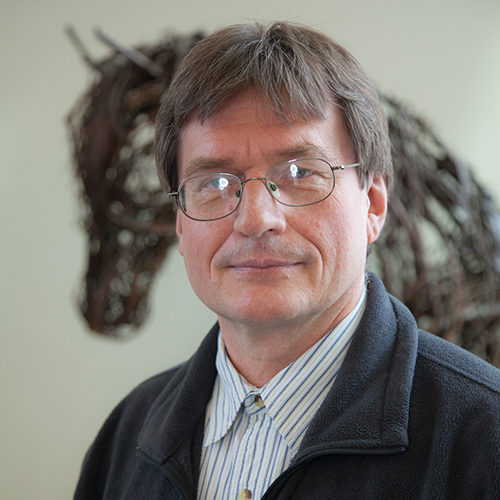
Co-Principal Investigator
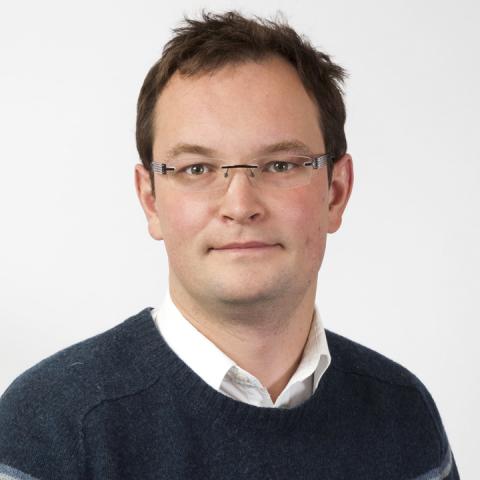
Co-Principal Investigator
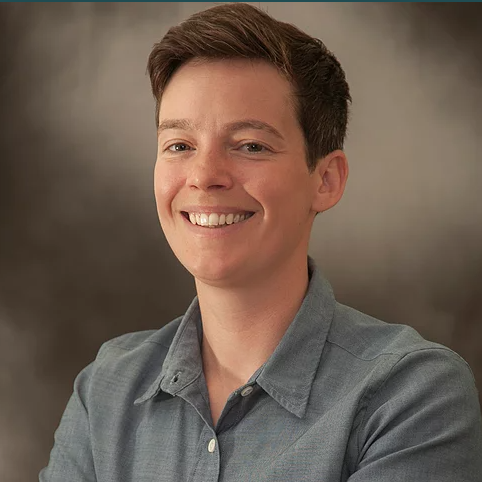
Principal Investigator
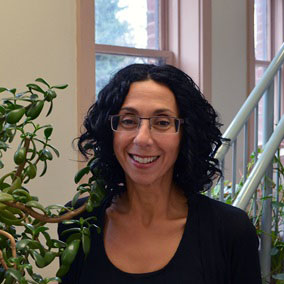
Principal Investigator

Principal Investigator

Co-Principal Investigator

Other

